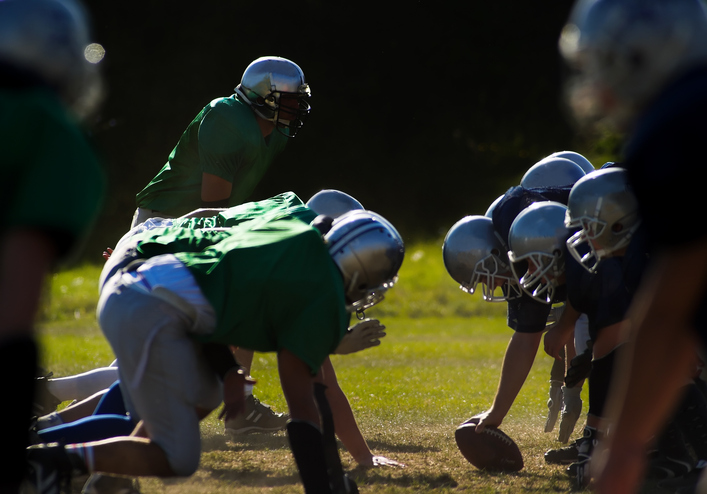As the weather warms up and summer training begins, preventing heat-related injuries in student athletes becomes a huge priority for local health officials, coaches and parents.
“We still have about 10 athletes that die of heat stroke, mostly in football, every five years,” said Dr. Michael Miller of St. Elizabeth Sports Medicine.
There’s a lot that can be done to get athletes ready for workouts in hot weather according to Dr. Miller. He talked to Local 12’s Liz Bonis about training beginning inside with athletic trainers, before an athlete ever goes outside.
Click here to watch the segment with Liz Bonis.
“We can train our bodies to get more efficient in heat,” said Dr. Miller.
He says athletes need at least seven days to ramp up training for warm weather. During that time, coaches should find out about pre-existing medical conditions in kids such as asthma or anything else that might make them more heat sensitive.
“I think we need to try to identify the kids that are at risk ahead of time,” said Dr. Miller.
Weather predictors of potential heat problems also should be monitored. Dr. Miller is a fan of the heat index, which is measured in the shade, and what’s called the “wet bulb globe temperature,” which is measured in the sun.
“A heat index is basically a measurement of how warm it feels outside and it includes things like temperature and relative humidity,” said Local 12 Meteorologist Erica Collura. “It includes sun angle, cloud cover, and it also takes into effect wind, which the heat index value does not.”
Based on that data, hydration breaks, practice times and equipment then can be adjusted for safety. At the Sports Medicine Center, they say if you have questions you can talk to an athletic trainer. Athletes should talk to their coach or doctor about their needs. Young athletes need to realize their needs may be different than another person’s that have a different size, a different age or a different body type.
This is especially true when it comes to fluid intake according to Dr. Miller. “There isn’t just on- size-fits-all fluid protocol, because everybody’s got different needs,” he said.
Also, coaches and parents need to educate their students on what to watch for, so athletes can speak up if they notice another student is having heat-related problems.

